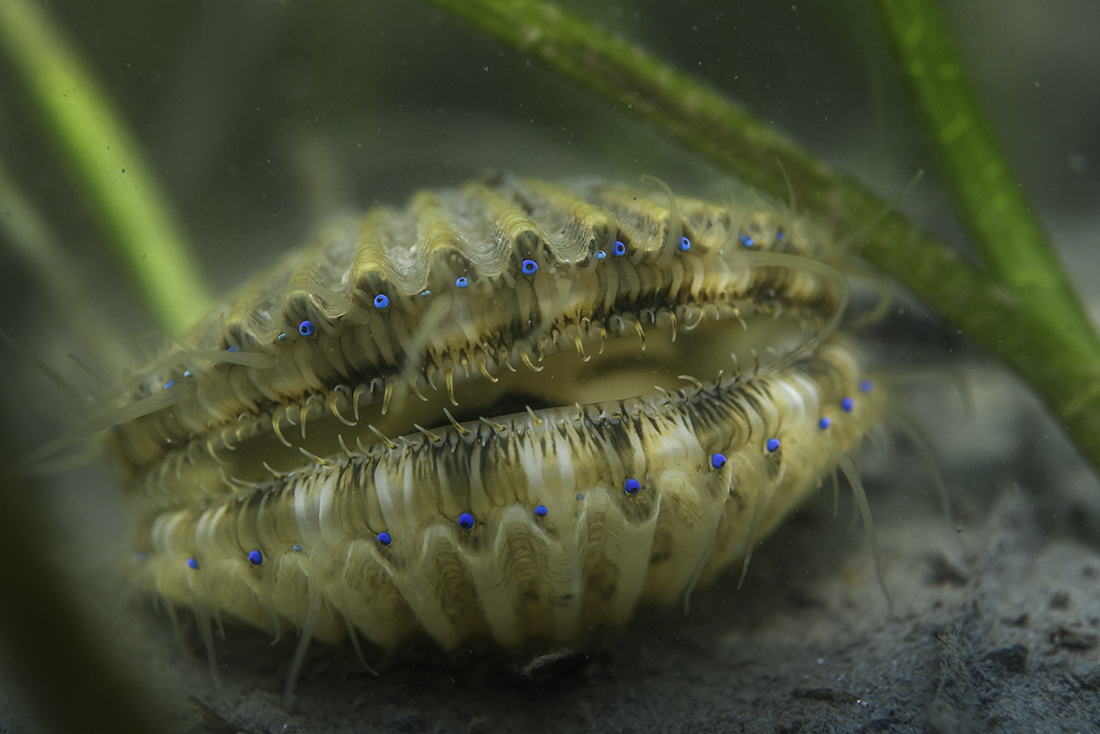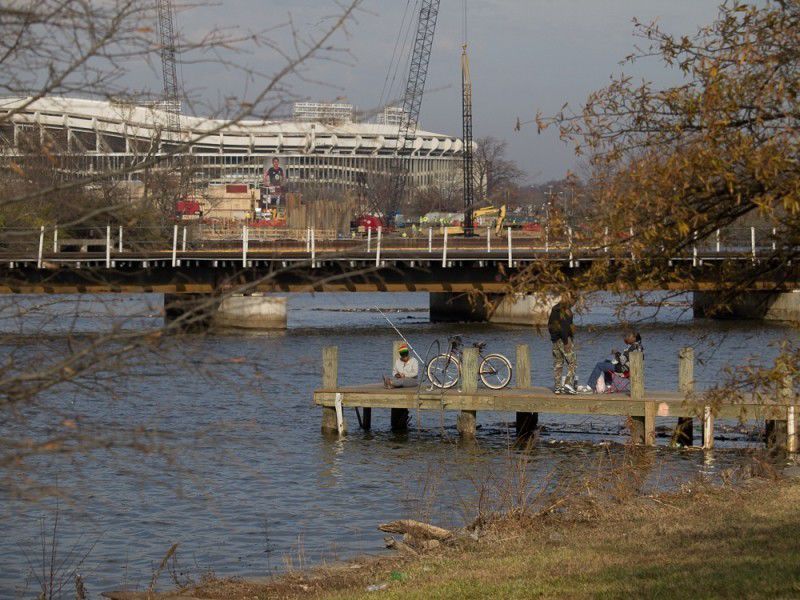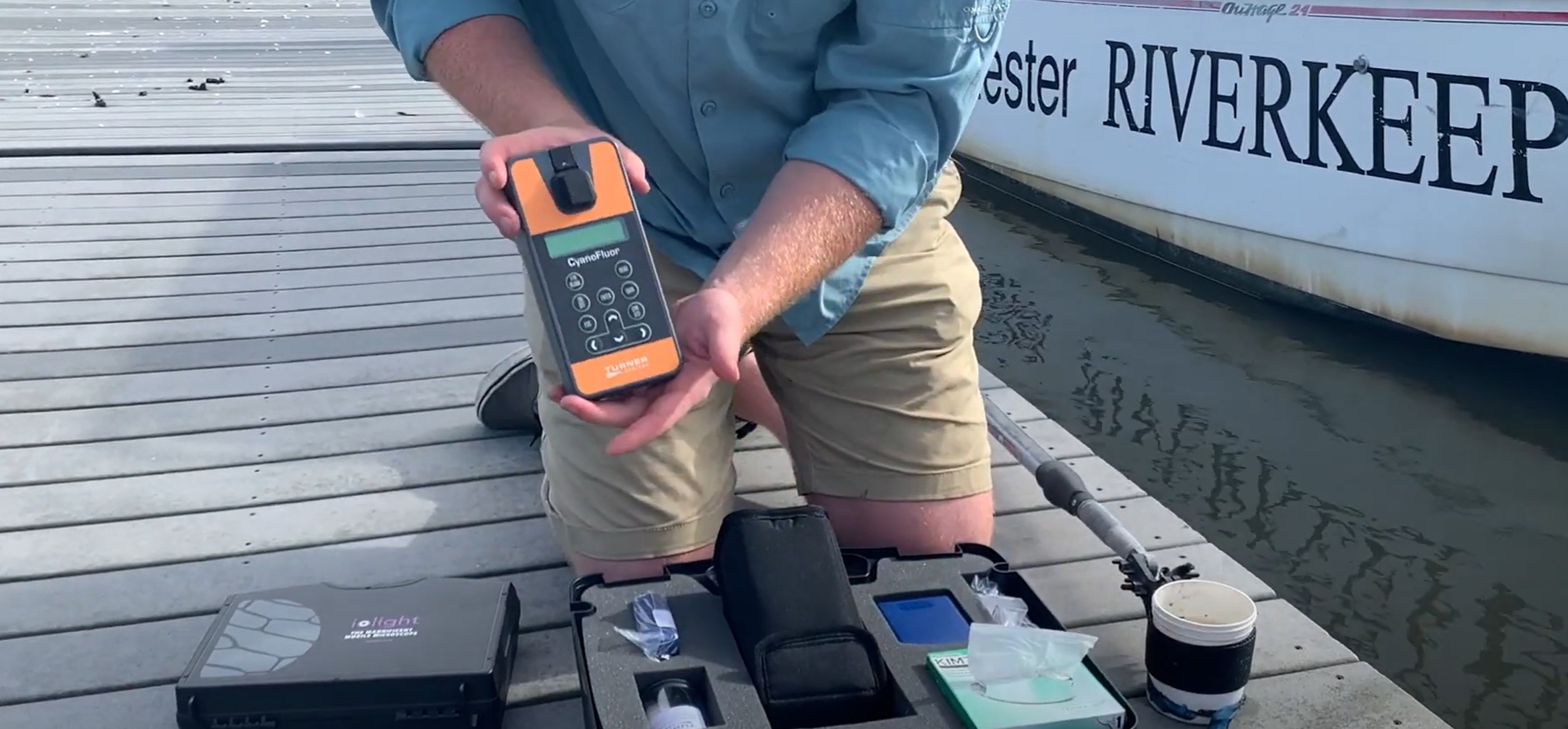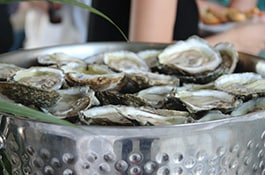Thanks to a new multi-million-dollar grant, the Virginia Institute of Marine Science (VIMS) will get to majorly advance its efforts to bring back the bay scallop to Virginia’s Eastern Shore—nursing its important eelgrass habitat back to health and releasing millions of scallops into that habitat.
In shallow Burtons Bay on the season of the Eastern Shore, professors Dr. Christopher Patrick, who runs the VIMS Seagrass Research and Monitoring Program and Dr. Richard Snyder, Director of the VIMS Eastern Shore Laboratory, have received a $2.25M grant from the National Oceanic and Atmospheric Administration (NOAA) to plant at least 60 acres of eelgrass and release more than 6 million bay scallops, in partnership with The Nature Conservancy’s Volgenau Virginia Coast Reserve (TNC).
The Burtons Bay restoration follows a groundbreaking and highly successful effort begun in 2008 on two parts of South Bay by an earlier team of VIMS scientists, Dr. Robert “JJ” Orth and Dr. Mark Luckenbach, now Associate Dean of Research and Advisory Services at VIMS. The grant comes from the federal Bipartisan Infrastructure Law and Inflation Reduction Act. The Virginia Coastal Zone Management Program will administer it.
The original damage to the seaside eelgrass meadows began in the early 1930s with a one-two punch. The first blow came from a nasty slime mold that killed eelgrass in both the coastal bays and the Chesapeake. It created havoc for blue crabs and all of the myriad small creatures and juvenile fish that depended on the eelgrass, including the bay scallops on the seaside. Then the legendary, brutal hurricane in August 1933 finished the job on the scallops, completely exterminating them from the eelgrass beds upon which they were completely dependent for habitat.
In 1999, however, Orth found a small patch of eelgrass in South Bay and took it as a sign that water quality conditions might be adequate for the species to come back. He and his research team developed an effective system for collecting eelgrass seeds and broadcasting them to restore the meadow ecosystem in South and other lower seaside bays. They paired the system with their TNC partners.
Meanwhile, the Eastern Shore Laboratory’s Castagna Research Hatchery had developed bay scallop culture techniques using broodstock from North Carolina sounds. In 2017, the lab collaborated with TNC and Cherrystone Aqua-Farms to plant 12.3M young scallops into the restored South Bay eelgrass.
Since that time, both grass meadows and scallops have thrived, and planting has continued, which significantly benefits the other creatures that live or spend part of their lives there, too.
The new NOAA grant will allow the second-generation restoration team to build on this success. It also will support the Eastern Shore Lab’s established Ecological Monitoring Program, both to evaluate the success of the new restoration while guiding further research and restoration. The blue-eyed bay scallop is certainly the charismatic star in this restoration story, but there will be many, many winners, from blue crabs, speckled trout, and flounder to tarpon (that’s right, they summer in Virginia’s coastal bays) and us humans.
-John Page Williams




